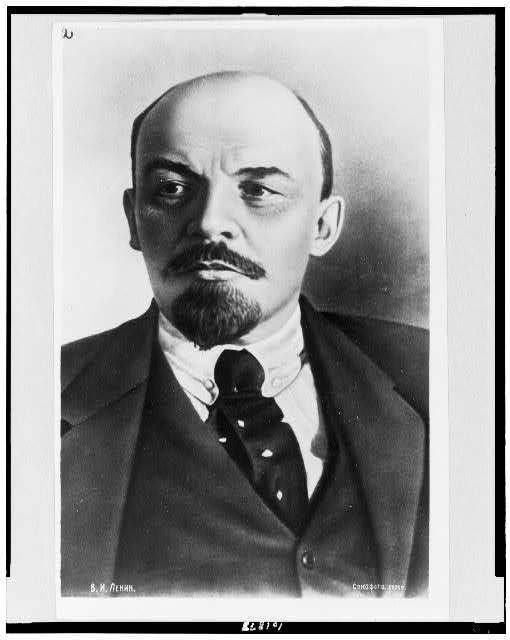
Russian Revolution, 1917
The Russian Revolution: An Introduction
Since early 1917, Russia had been in a state of turmoil. Two revolutions took place in 1917. The first was commonly referred to as the February Revolution. It overthrew the imperial government. The second, the Bolshevik Revolution, brought the Bolsheviks to power. These events are referred to collectively as the Russian Revolution.
The February Revolution
In February 1917, the Czarist government's poor management of World War I had helped to inspire a popular uprising, known as the February Revolution. This first component of the Russian Revolution forced the abdication of Czar Nicholas II. It placed in power a Provisional Government of liberal and socialist factions, ultimately under the leadership of Socialist Revolutionary party member Alexander Kerensky. This brief experiment with pluralist democracy was a chaotic one, and in the summer months, the continual deterioration of the war effort and an increasingly dire economic situation caused Russian workers, soldiers, and sailors to riot ("The July Days").
The Bolshevik Revolution
On October 24–25, 1917, Bolshevik (left-wing socialist) forces under Vladimir Lenin seized key government buildings and stormed the Winter Palace, then the seat of the new government in Russia's capital, Petrograd (now St. Petersburg). The Bolshevik Revolution, also referred to as the "Great October Socialist Revolution," was the first successful Marxist coup in history. During this chapter of the Russian Revolution, the ineffectual Provisional Government was dislodged and ultimately replaced with a Soviet Socialist Republic under Lenin's leadership.
Aftermath of the Russian Revolution
The new Soviet state's radical social, political, economic, and agrarian reforms would in the postwar years unnerve western democratic governments. They so feared the spread of Communism throughout Europe that they were willing to compromise or appease right-wing regimes (including Adolf Hitler's Nazi Germany) in the 1920s and 1930s.

